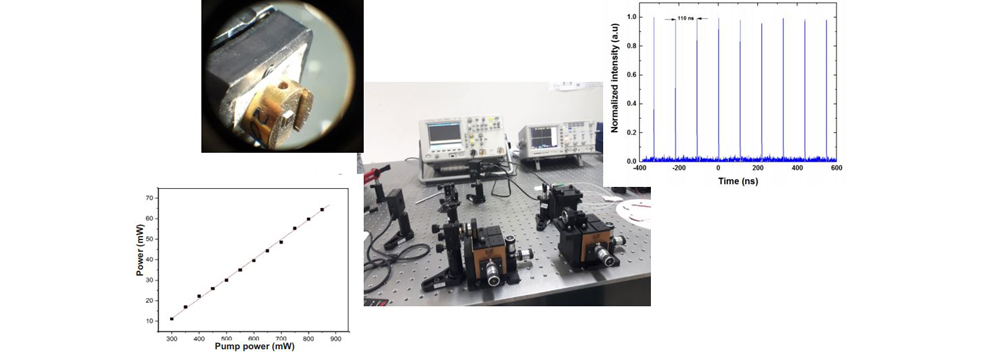©POLMOSSA
What has the ATTRACT seed funding enabled you to do so far?
The funding has been an excellent opportunity for collaboration between two SME’s and a university laboratory. The driving force on the university side has always been to see how far we can push our laser’s performance, but also how close we are to commercialisation. Producing a competitive and rugged final laser is a very challenging task, but the industrial partners have strong expertise in this aspect. Together we approach this goal, as our most fundamental target has already been achieved: a newly developed saturable absorber mirror pulses our laser at targeted wavelength range.
What challenges have you faced so far?
The major challenge of maximising the laser wavelength tunability is still a challenge to tackle.
Where does your ATTRACT journey go from here?
Our next step is finalising and packaging our tunable fibre laser in the 2 µm wavelength range. This is already a new device on the market. But the real novelty and risk in our project, that the ATTRACT funding enables us to take, is pushing our laser’s performance even further and utilise it as a seed for a mid-IR supercontinuum laser.
Sum up in two sentences the advantages of the ATTRACT Programme over other research funding schemes.
The commercialisation aspect with collaboration between university and industrial partners create concrete drive for bold but viable openings. The ATTRACT organisation has provided interesting network of people and projects to meet at high-level events.
For more information
Visit the POLMOSSA project site.


